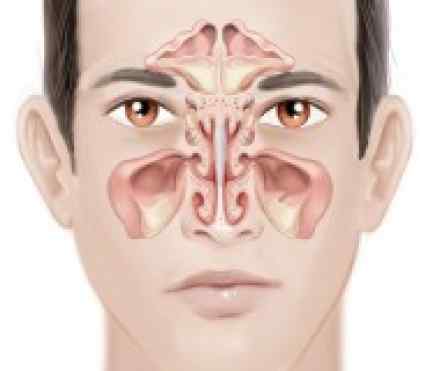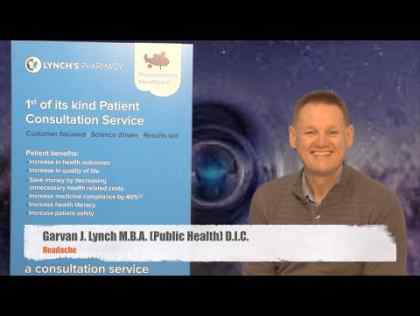-
Pain, pressure and fullness in your cheeks, brow or forehead
-
Pain may worsen when bending forward or lying down
-
Yellow-green or blood-tinged nasal discharge
-
Sore throat
-
Fever
-
Cough
-
Fatigue
-
Achy feeling in your upper teeth
Sinus headache or migraine?
It's important to note that it's possible to confuse migraines and sinus headaches. This is because the signs and symptoms of the two types of headaches overlap. Studies have shown that 90 percent of those with "sinus headaches" actually have migraines.
As with sinus headaches, migraine pain often gets worse when you bend forward, and migraines can be accompanied by various nasal signs and symptoms — including congestion, facial pressure and a clear, watery nasal discharge.
Sinus headaches, however, usually aren't associated with nausea or vomiting, or aggravated by noise or bright light — all common features of migraines.
Causes
Sinus headaches accompany sinusitis, a condition in which the membranes lining your sinuses become swollen and inflamed. Sinusitis can be caused by colds, bacterial or fungal infections, an impaired immune system, or structural problems in the nasal cavity. The resulting pressure changes in the sinuses can trigger headaches.
Risk factors
Sinusitis can affect anyone. You may be more likely to develop chronic sinusitis if you have:
-
Asthma
-
Nasal growths (polyps)
-
Allergies to dust, mold or pollen
-
A weak immune system
-
A condition that affects the way mucus moves within your respiratory system, such as cystic fibrosis
-
Exposure to cigarette smoke, first- or secondhand
Diagnosis
The cause of headaches can be difficult to determine. The doctor will ask questions about your headaches and do a physical exam. Be sure to mention if you've had a recent cold, if you have allergies and if you smoke. These factors may precipitate or contribute to acute sinusitis.
Your doctor may perform one of these tests to determine if you have sinusitis:
-
Nasal endoscopy. Tender sinuses may be one sign of sinusitis. The doctor may use a thin tube with a light (endoscope) to examine your nasal passages.
-
Mucous testing. He or she may also test mucus samples from inside your nose for evidence of a bacterial or fungal infection.
-
Imaging tests. Examples include CT or MRI scans. CT scans use a computer to create cross-sectional images of your brain and head (including your sinuses) by combining images from an X-ray unit that rotates around your body. With MRIs, a magnetic field and radio waves are used to create cross-sectional images of the structures within your brain.
References
http://www.webmd.com/migraines-headaches/guide/sinus-headaches
http://www.nhs.uk/conditions/sinus-headache/Pages/Introduction.aspx
http://www.mayoclinic.org/diseases-conditions/sinus-headaches/basics/definition/con-20025426
http://www.emedicinehealth.com/sinus_headache/article_em.htm




